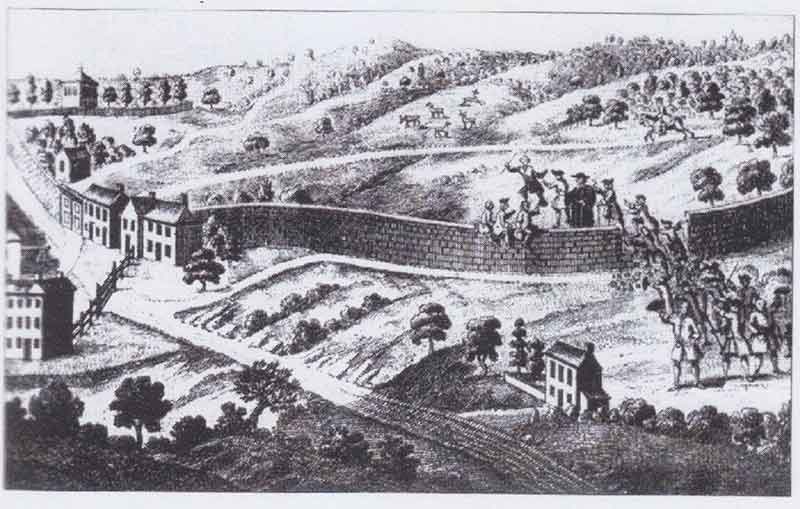
One of the first ways in which a city gets judged is by its greenery. However it is well to remember that aspects of urban greenery at first glance can be quite deceptive. There may be big lawns with very colorful flowers on various sides. But a question worth asking is the extent to which these have involved heavy inputs of chemical fertilizers and pesticides. With more funds available in urban areas and with lesser access to compost and animal manure in nearby areas, the chances of excessive reliance on these chemical inputs is much higher in urban areas, with all the environment and health related adverse impacts. Trees lining roads and garden paths may look quite green and nice, but take a closer look and you may realize that the selection is more based on decorative exotic species, which may not at all be as hardy as the indigenous species and may not be able to provide shelter or habitat for many animal/bird/insect species, or perform the soil and water conservation or other useful roles associated with local trees to the same extent. Quite often their capacity for absorbing carbon is also lesser than the hardy local species.
Of course the need for greening of urban areas is very much there, but we should realize the importance for some changes and precautions which can help to greatly improve the contribution of urban gardening. Water guzzling vast lawns and golf courses may impart green looks to a city but aggravate the water shortage as well. In their place why not consider a well-landscaped garden which provides for a lot of water conservation as well?
If a garden grown with excessive doses of chemical fertilizers, pesticides and herbicides is replaced with an organically garden we convert an ecologically harmful venture into an ecologically beneficial one. Both human health and health of so many forms of life will benefit in the process. In particular the pollinating insects ( like bees and butterflies) and birds will be very well protected and this will contribute much to enhancing overall greenery and biodiversity.
If we are growing vegetables or fruits in gardens or planting fruit and fodder trees along roads and paths then there is additional reason for going organic as gardening and horticulture in cities can also be important for getting healthy food and fodder. In Cuba at the time of food shortage urban organic cultivation and gardening even on small patches of land played an important role in meeting urban food needs in a healthy way. We may not have a similar food shortage here but it is always nice to get healthy, fresh vegetables and fruits near to consumption source.
The availability of compost and manure for organic gardening and horticulture can be easily improved by a creative shift towards decentralized sanitation and sewage practices in urban areas. One aspect of this would be segregation of all compostable waste at the source of generation of waste. With decentralized sanitation at colony there will be no shortage of organic manure and rather the question will be where to use this. Urban gardening and horticulture at colony level will provide the proper place for utilization without involving much messy transport.
A mapping of the tree species that have flourished as indigenous species in various parts of a city should be done and tree planting should be taken up by and large on this pattern only.
Organic garden and horticulture promoted in such a healthy way can also become a conducive place for science education for various educational institutions located in a city.
The organic vegetables and fruits available close to home can lead to better appreciation of the flavor and taste of organic food, apart from health and environmental benefits, and encourage people to establishing contact with farmers of nearby villages for obtaining much more organic food on regular basis from them.
Bharat Dogra is a journalist and author. His recent books include Protecting Earth for Children and Man Over Machine.
GET COUNTERCURRENTS DAILY NEWSLETTER STRAIGHT TO YOUR INBOX
















































